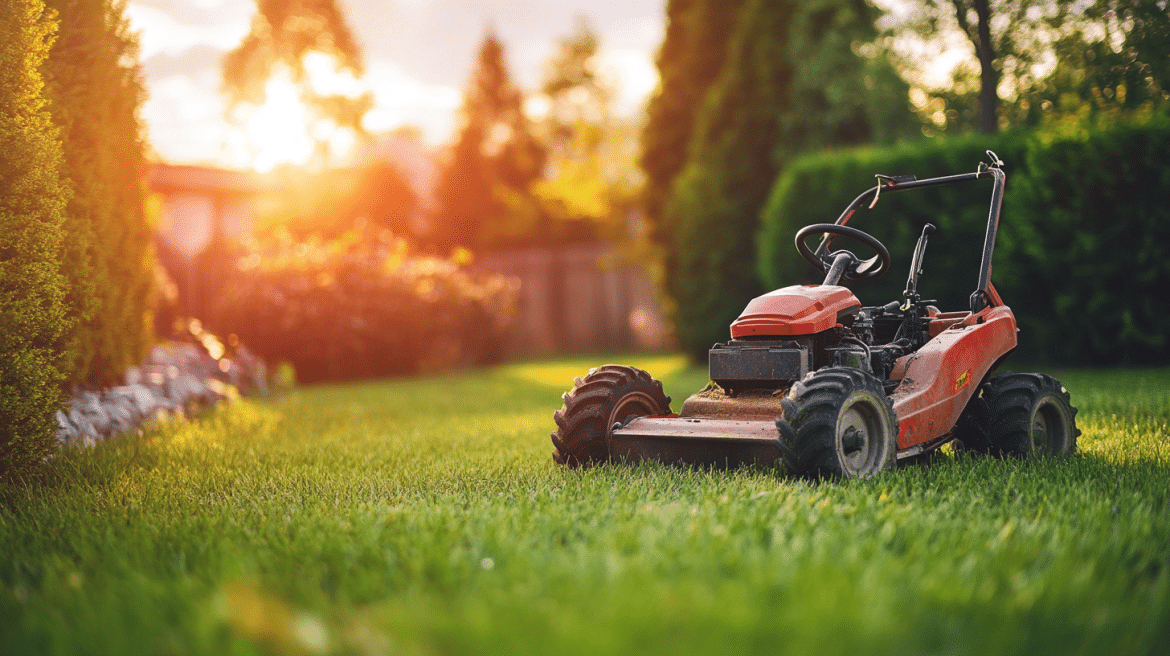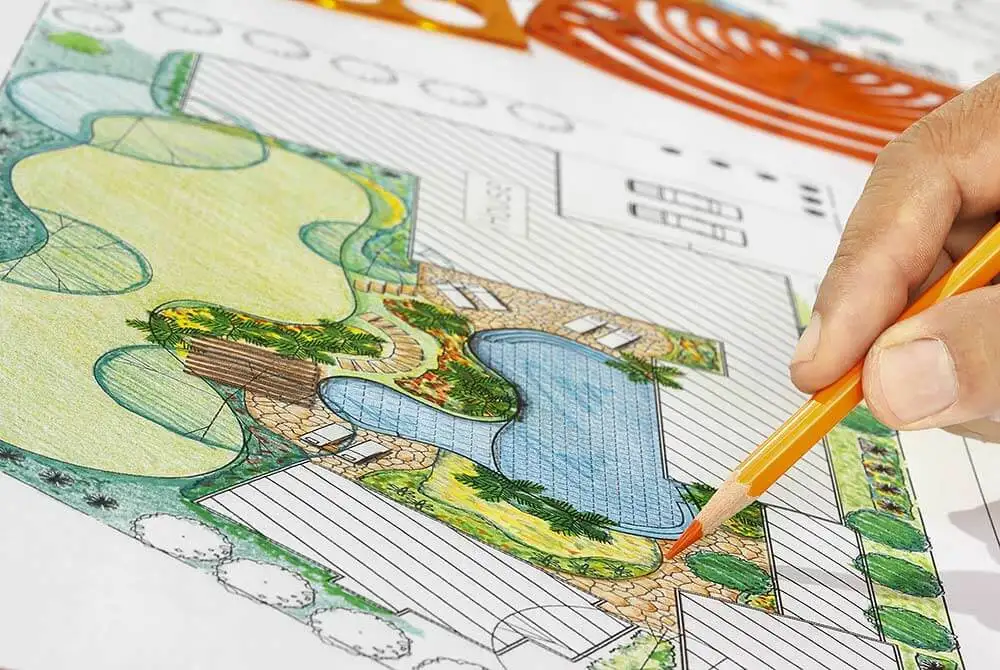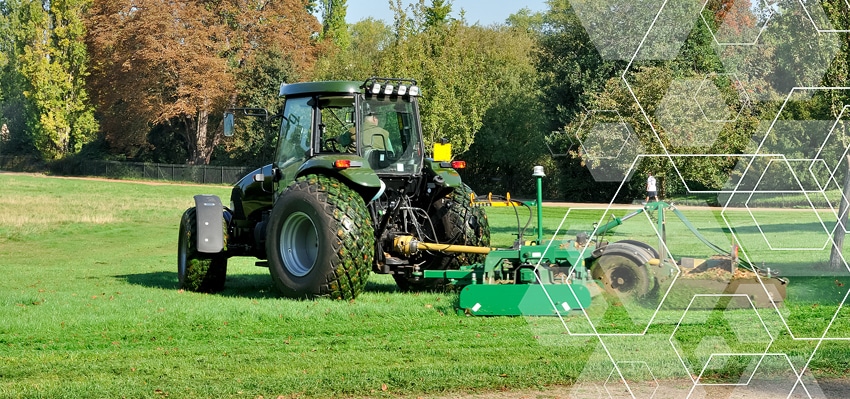For landscaping businesses, having the right machinery means achieving greater efficiency, improving work quality, and expanding service offerings.
Choosing the best equipment involves understanding your business’s specific needs, the types of jobs you’ll be handling, and considering the cost-effectiveness of each investment. Here’s a structured approach to making informed choices:
Assess Your Business Needs
Start by evaluating the types of landscaping services your business offers. Are you focusing on residential or commercial properties?
Will you be doing basic lawn care, hardscape projects, tree care, or a combination of these? Understanding the scope of your services will help you identify the machinery most essential to your operations.
Consider the Scale of Projects
The size of the projects you undertake will influence the type of machinery you need. For smaller, residential lots, compact or multi-function equipment that can operate in tight spaces is ideal. For larger, commercial projects, you might need heavy-duty machinery that can handle larger tasks more efficiently.
Research Durability and Performance
Landscaping equipment must be durable and capable of performing under tough conditions. Look for machinery from reputable manufacturers with good warranties and service contracts. Check online reviews and industry forums to learn about the reliability and performance of specific models.
Evaluate Technology and Features
Modern landscaping equipment includes various technological advancements that can improve efficiency and ease of use, such as GPS-guided systems, automatic transmission, and ergonomic controls. Look over Machinery Partner equipment specs and consider which features will genuinely benefit your operations and enhance your team’s productivity.
Calculate Cost of Ownership
Beyond the initial purchase price, consider the total cost of ownership, which includes maintenance, repairs, fuel consumption, and potential resale value. Opt for machinery that is cost-effective in the long run. Sometimes, spending more upfront on a higher-quality model can save money on maintenance and downtime.
Prioritize Versatility and Adaptability
To maximize your investment, choose versatile and adaptable equipment for various tasks. For instance, a skid steer loader can be used with different attachments for tasks like mowing, grading, digging, and snow removal, making it a valuable multi-purpose tool for any landscaping business.
Think About Manpower and Training
Consider the skill level of your workforce when choosing machinery. Highly sophisticated equipment may require additional training. Ensure you have the right personnel or can provide your team with the necessary training to handle the new machinery effectively.
Safety Features
Safety is paramount in the landscaping business. Select equipment with robust safety features that protect the operator and the public. Look for machinery with good visibility, stable designs, and built-in safety measures like automatic shut-off.
Consider Environmental Impact
More businesses are opting for eco-friendly practices, including in landscaping. Consider investing in electric or hybrid models that reduce emissions and noise pollution. This not only helps the environment but can also be a selling point for clients who value sustainability.
Test the Equipment
Before making a final decision, if possible, test the machinery under conditions similar to those in which it will be used. This can help ensure that the equipment meets your expectations and is comfortable for your team to operate.
By carefully evaluating these factors, you can invest in the right machinery that will serve your landscaping business effectively and efficiently for years to come, helping to drive growth and profitability.




